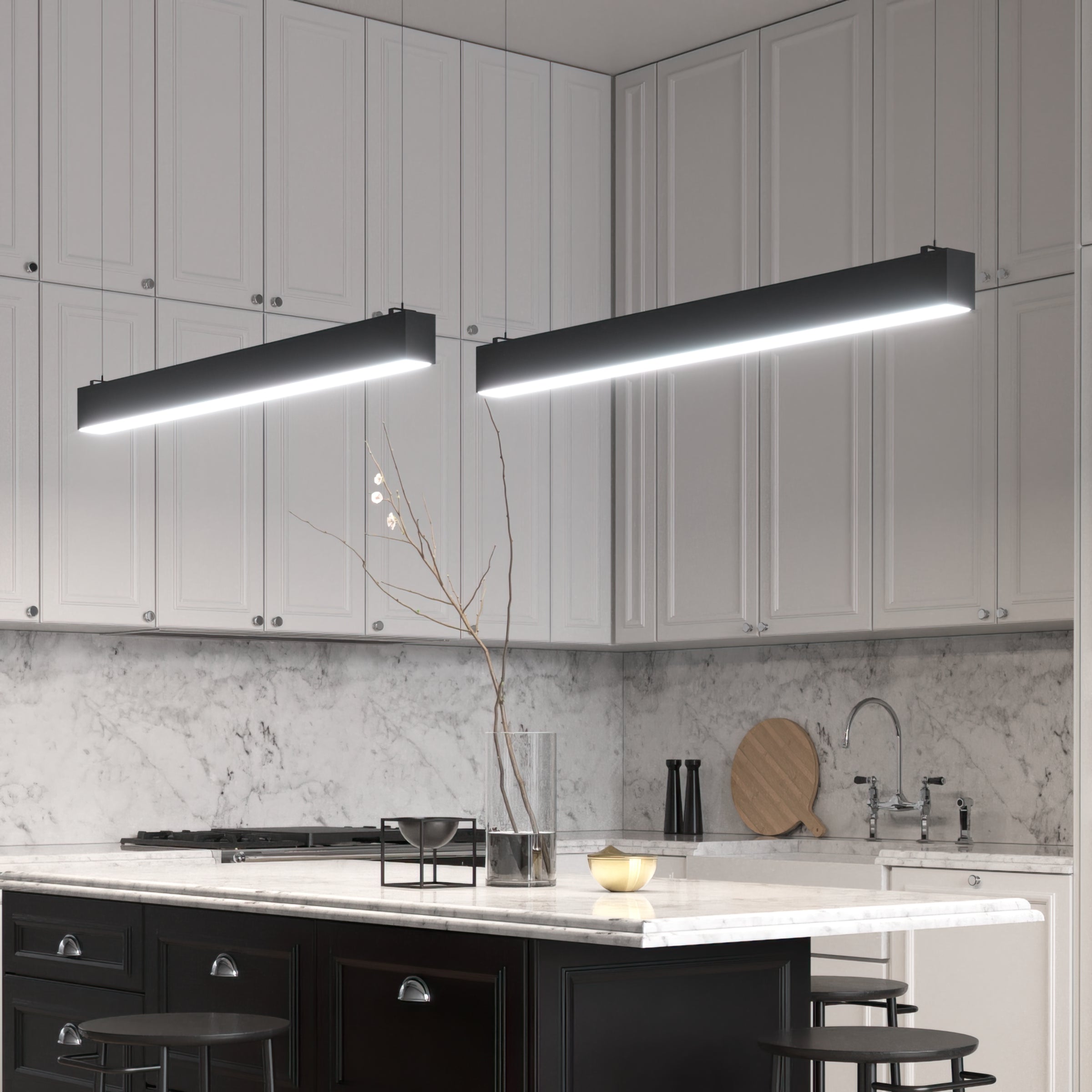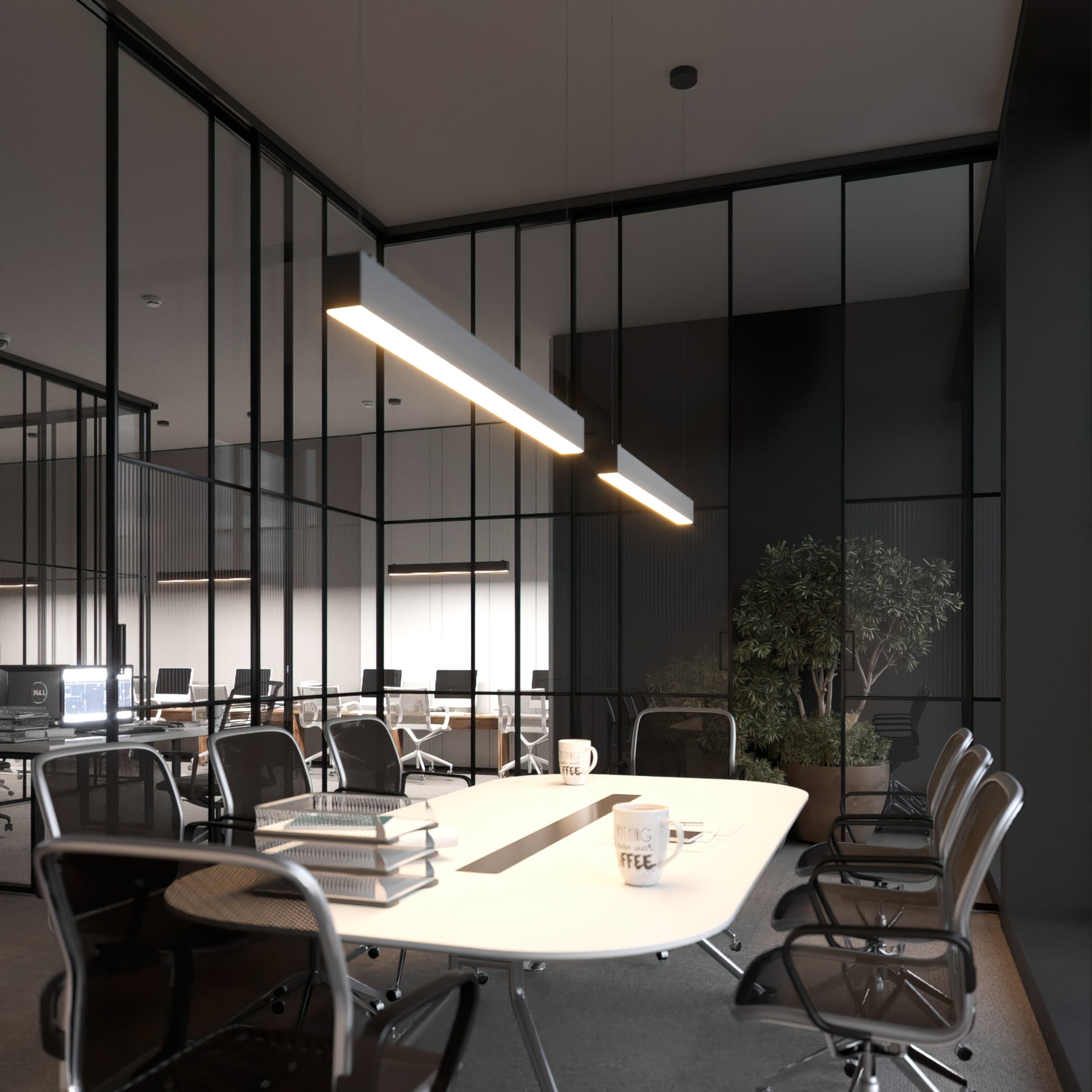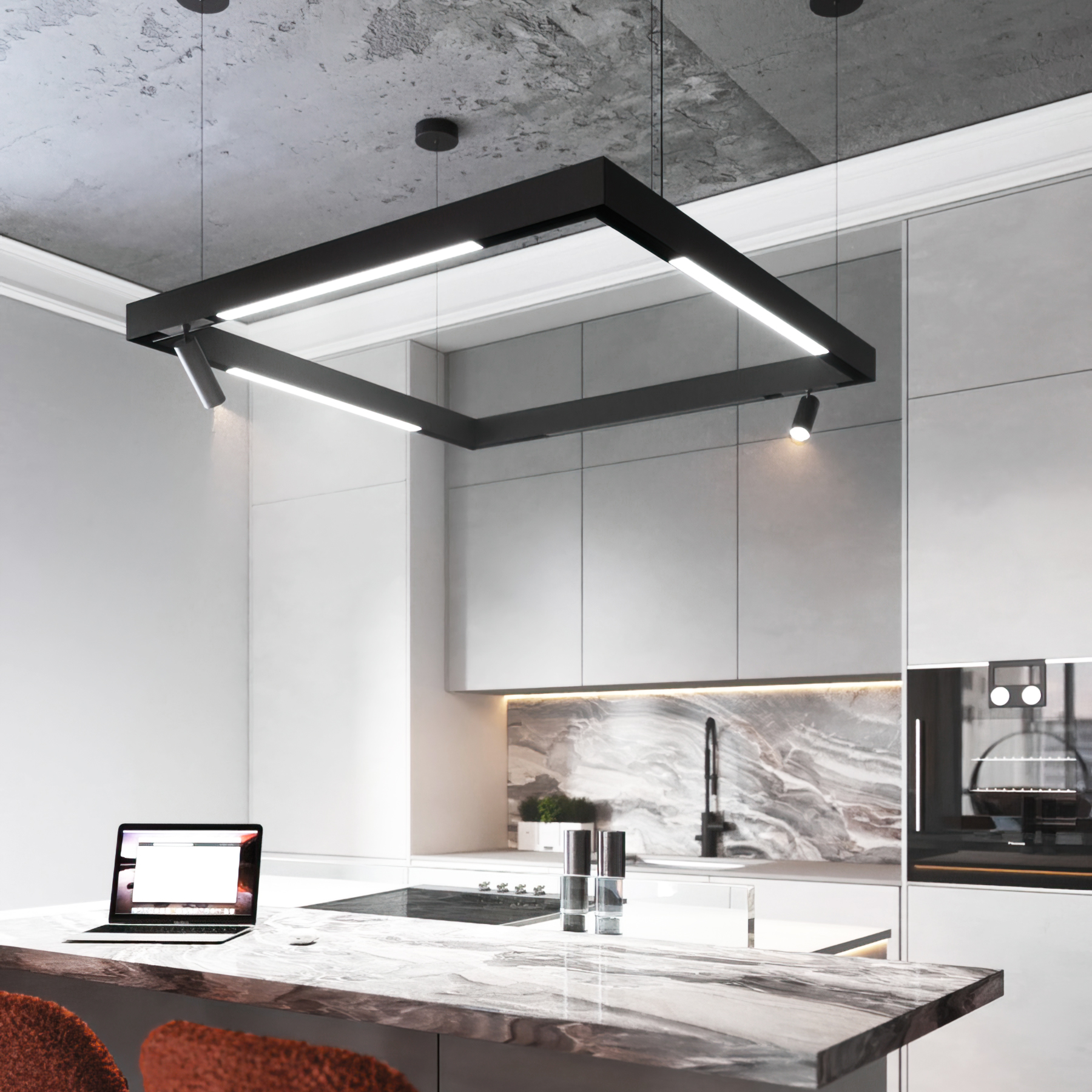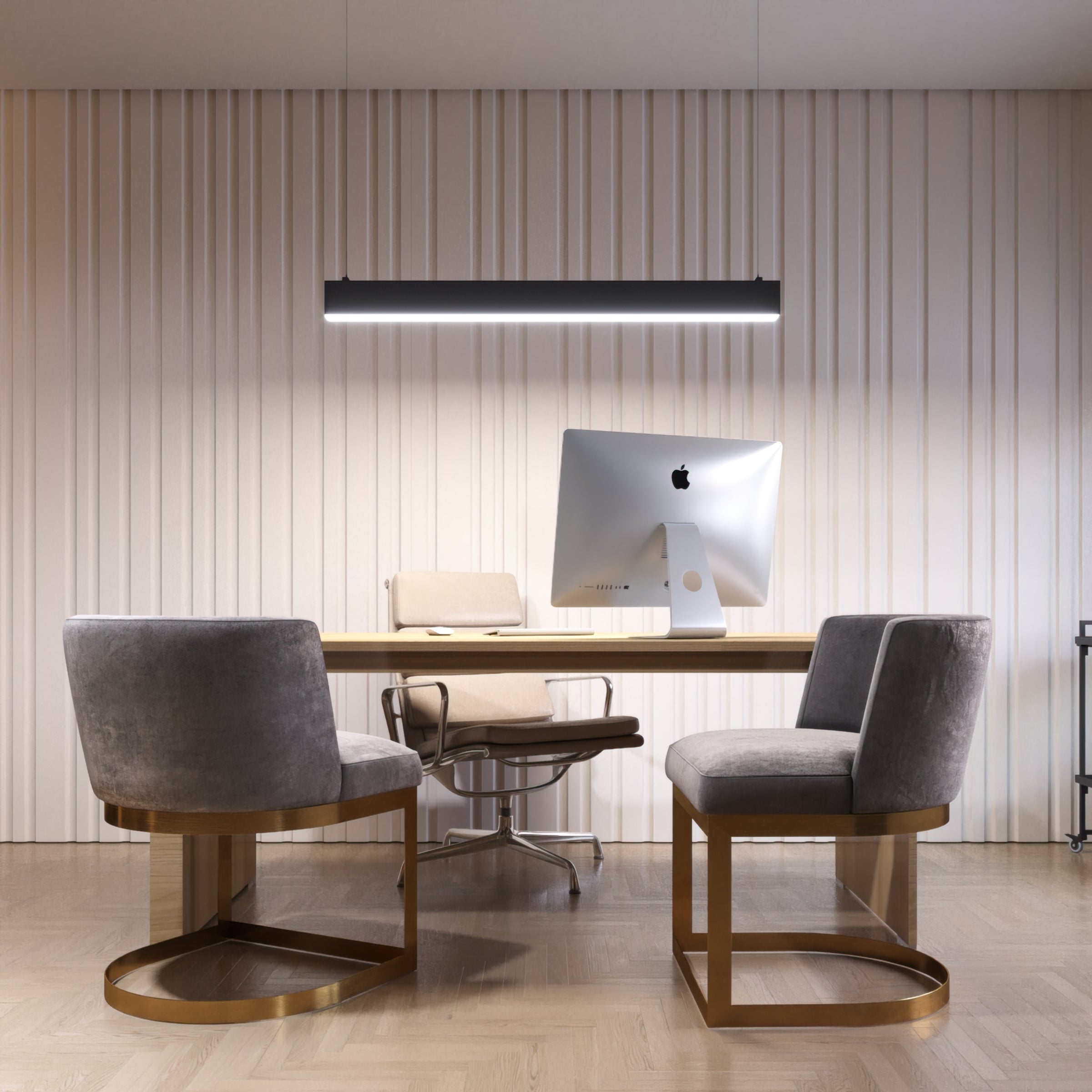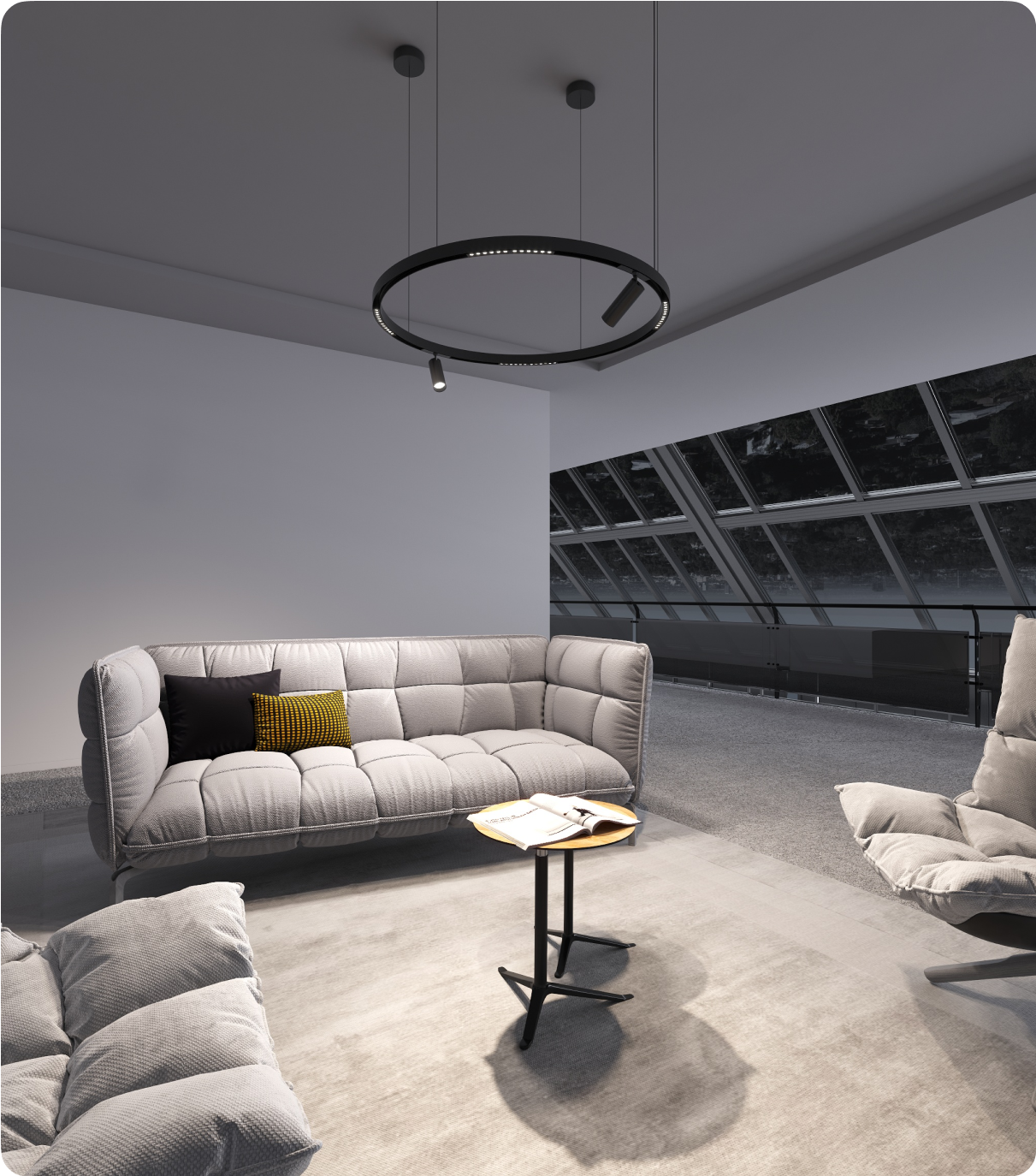Yoga studios require special rooms with equally special lighting to pull off these practices. The kind of lights you choose for your yoga studio will set the mood and atmosphere of your space. If you get the wrong lights, it can give the wrong ambiance to your studio. It's important to feel at home while practicing yoga, no matter where the studio is. But this aim can be defeated if your choice of yoga lights is harsh and throws off glare.
A yoga studio can be described as a room, building, or any other place where yoga classes and instructions occur. Whether you want to craft a comfortable home yoga studio or install a commercial yoga room, you need to consider many things. But to avoid harsh, dim, or hot lighting, here are the best contemporary and relaxing lighting ideas for your yoga studio.

How to Light a Yoga Studio?
If you're looking to create a yoga studio, you'll need to think carefully about the lighting you choose. Here are some tips to help you create a space that's both comfortable and relaxing.
Use Natural and Artificial Lighting in Combination
- Natural Lighting
Yoga studios often recommend natural light to create a calming and natural atmosphere. This is particularly effective for early morning yoga classes. Considering natural lighting from the beginning stages of constructing your studio is essential, ensuring openness and spaciousness. Large windows facing east or north are ideal for favorable spiritual practice. Curtains can be used to control the amount of sunlight and heat entering the studio. Taking advantage of natural light is an effective way to enhance your studio without incurring extra costs, particularly if you offer morning classes.
- LED Lighting
LED lights are a great option for yoga room lighting because they release less heat than traditional lighting methods, helping maintain a stable temperature during yoga sessions without overworking the AC.
Strip LED lighting can be used to evenly distribute the light throughout the studio evenly, providing each student with the right amount of light and darkness without ultra-bright or dark spots that can be distracting during a yoga session.
- Imitation of Natural Light
Suppose the natural lighting is not the best option for your yoga studio due to privacy concerns or it not being a part of the space already. In that case, several lighting solutions can help mimic the same natural light output. For example, fluorescent bulbs that offer a warmer, more yellow output are better suited for this type of location during the afternoon than LED lights in a cooler temperature, which may be too bright.
Choose the Right Types of Fixtures And Techniques
- Track Lighting
Track lighting is a recommended lighting source for yoga studios. It involves attaching light fixtures to a continuous track device containing several electrical conductors, which is better than creating different electrical wiring in individual areas.
LED Lights Direct has a great selection of magnetic track and pendant sets that can be easily mounted on different surfaces.

- Round Ceiling Mount Fixtures
For a modern touch, round ceiling mount lights are easy to install and provide ample light to large spaces without wasting energy and money. They are available in various fixtures and styles, allowing you to choose the perfect one for your yoga studio. Flush mount ceiling lights are mounted onto the surface of the ceiling, and an oval orb is usually installed to provide broad lighting. However, you are not restricted to the orbs and can choose from any other available styles. The only drawback to this light is that it spreads at a wider angle, even with dimmers, and may not soften as you want it to in the yoga studio. Regardless, it can still be useful in certain situations.
LED Lights Direct has a great selection of round ceiling mount fixtures for your yoga studio.

- Wall Lighting
During yoga sessions, practitioners often look upwards, and having a light overhead could be distracting. Since up-light wall sconces direct the light upward rather than directly into their eyes, they are a better choice to avoid this.
Wall lights can be used to create accent lighting for your yoga studio. They come in various sizes, making it possible to highlight both large and small pieces of art or showcase your space's architecture. This type of lighting is particularly effective for art walls.
Up-light wall sconces are a great option for yoga studios because they direct their light toward the ceiling, preventing it from shining directly into your eyes. Various types of wall sconces are available on the market.

- Recessed Lighting
Recessed lights are another great option for yoga studios. These lights, also known as downlights or pot lights, are installed into hollow openings inside the ceiling. When turned on, they emit light downwards and can be adjusted to look like narrow spotlights or broad floodlights. Recessed lights are perfect for yoga studios as they allow for easy control of the room's light.

- Cove Lighting
Cove lighting is a great option for yoga studios incorporating meditative elements into their classes. This type of lighting is primarily used on ceiling areas and can illuminate the outline of the room. Cove lighting can be done in strips, design patterns, or to give a specific effect that the instructor is looking for.
LED lighting strips can produce patterns on the ceiling that create the illusion of an ocean or night sky. These patterns can change color or fade during the class, providing a calming focal point for students during the meditative portion.

Explore the Required Specifications
- Color Temperature
Color temperature is an important consideration when lighting your yoga studio. Most people enjoy being outside because of how natural sunlight makes them feel, and it helps create a relaxing and positive mood. Since yoga studios are supposed to help their clients be more tranquil, incorporating LED fixtures that emit natural light color tones can enhance that effect. One of the best ways to achieve this is by choosing a color temperature around the 3000K warm white range, an option for most LED lamps and fixtures.
- Color Tone
Color lighting is another good lighting option for your yoga studio. Most modern yoga clubs use this type of lighting for special effects. Color lights in different colors create a relaxing experience for the class, especially if the chosen lights are in soft, dim colors.
Color yoga lighting will also allow you to promote color therapy that may help treat various psychological ailments. The following color lights will enhance yoga classes:
- Green: Green lights are the safest-hued lights that can suit your yoga studio and your students. All kinds of healing can be accomplished with them. They give off a safe, soothing vibe that encourages yogis to practice yoga easily.
- Blue: The blue light is a soft hue that gives off a calming effect. This effect gives participants absolute calm and peace, completely separating them from the outside world. Your yoga club's members will also feel more energized and fresh in a blue-light cocoon. Experts say that blue lights directly affect melatonin – a hormone that controls the sleep cycle. When blue lights surround yogis, they can perform better as it makes them fully alert.
- A red light boosts circulation and metabolism and elevates energy levels while practicing yoga. Red's high light frequency is highly stimulating and penetrating. The installation of red yoga lamps would greatly benefit your members who suffer from various physical and mental ailments.
- Violet: Violet lights in yoga studios promote inner peace and mental calm. They also stimulate meditation, inspiration, spirituality, and wisdom.

- Dimming
Dimmable, warm-to-cool LED lights are a great option for yoga studios as they allow you to adapt your lighting to each practice. For yoga that gets your blood pumping, bright and cool light will help you feel more motivated and energized. Use overhead light fixtures to flood the room with that energy-boosting brightness. Just make sure no hanging lights are in the way of your overhead stretches.
Take your yoga studio lights down a notch for slower, more meditative practices to help you find your Zen. Warmer, dimmed light will complement the calmness of your session and help slow down your mind. Use table or floor lamps in different room corners for a more mellow ambiance. You can also direct their focus against walls or plants to create atmospheric shadows.

- Light and Sound Integration
If your studio design doesn't allow for things like flowing water and other ambient sounds, you can still have these soothing noises in your studio or specific rooms while connecting them to the lighting.
An electrician can connect lighting and sound effects to a panel that is easy to access and use. This panel allows you to choose the sounds, lighting changes, and duration of both the sound and lighting. You can adjust these integrations and store certain patterns for later use.
